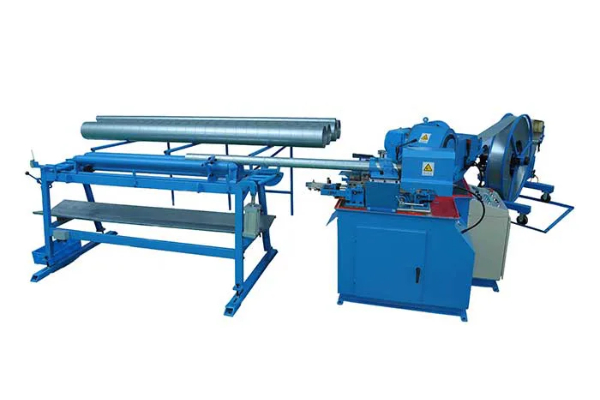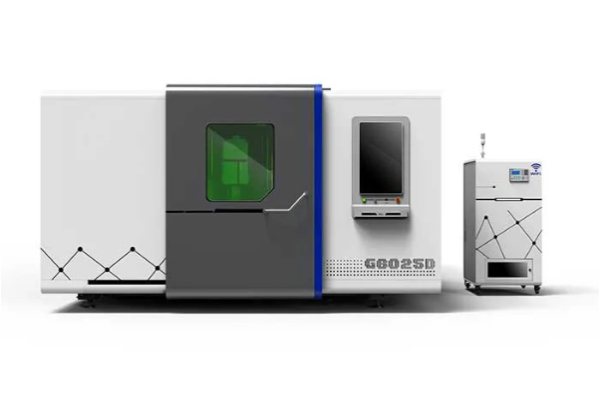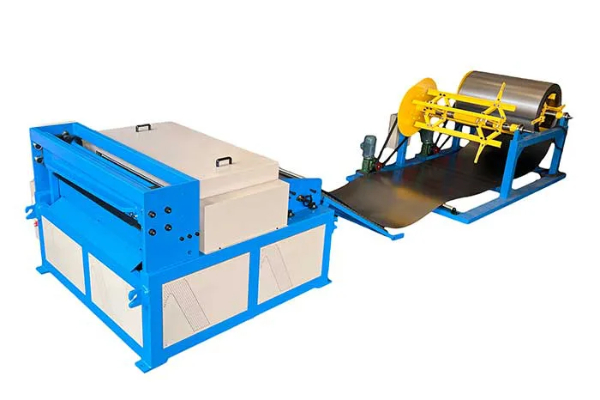
Introduction to Metal Plate Rolling Machines
- By:Metmac
- 2024-07-04
- 143
Metal plate rolling machines are indispensable tools in various industries, including shipbuilding, boilermaking, and structural steel fabrication. These versatile machines transform flat metal plates into cylindrical or conical shapes with precise dimensions. This article provides a comprehensive introduction to metal plate rolling machines, exploring their design, working principles, types, and applications.
Design and Working Principles
A metal plate rolling machine typically consists of a series of rollers arranged in a pyramidal formation. The bottom rollers are driven by a motor, while the top rollers are adjustable to accommodate different plate thicknesses. As the plate is fed between the rollers, it is subjected to a combination of bending and compressive forces, which gradually rolls it into the desired shape.
Types of Metal Plate Rolling Machines
Metal plate rolling machines can be categorized into several types based on their design and capabilities:
Three-Roller Plate Rolling Machines:
These machines are the most common type, featuring three rollers arranged in a triangular formation. They are suitable for producing cylindrical and conical shapes with moderate radii.
Four-Roller Plate Rolling Machines:
Four-roller machines offer increased versatility by incorporating an additional roller that can be adjusted independently. This allows for more complex shapes and tighter radii.
Asymmetric Plate Rolling Machines:
Asymmetric machines have a unique design with rollers of different sizes. They are used for rolling plates with varying thicknesses or for producing non-symmetrical shapes.
Ring Rolling Machines:
These specialized machines are designed for rolling plates into rings or circular shapes.
Applications of Metal Plate Rolling Machines
Metal plate rolling machines are widely used in various industries:
Shipbuilding:
Rolling plates for ship hulls, decks, and other structural components.
Boilermaking:
Producing boiler shells, pressure vessels, and other cylindrical structures.
Structural Steel Fabrication:
Rolling plates for bridges, buildings, and other large-scale structures.
Aerospace:
Manufacturing aircraft fuselage components and other curved sheet metal parts.
Automotive:
Rolling plates for car bodies, fenders, and other automotive parts.
Benefits of Using Metal Plate Rolling Machines
Metal plate rolling machines offer several advantages:
High precision and repeatability in shape and dimensions.
Ability to roll plates of varying thicknesses and materials.
Versatility to produce cylindrical, conical, and other complex shapes.
Increased productivity and efficiency compared to manual bending methods.
Reduced labor costs and improved safety.
Conclusion
Metal plate rolling machines play a crucial role in shaping metal plates into the desired forms for various industries. Understanding their design, working principles, types, and applications enables users to select the most appropriate machine for their specific needs. With their ability to produce precise shapes and enhance efficiency, metal plate rolling machines continue to be indispensable tools in the metalworking industry.
-
Reliable Sheet Metal Equipment for Sale to Support Precision Fabrication
2025/07/17 -
Advanced Duct Machine AC and Fabrication Solutions from Metmac
2025/07/12 -
The Advantages of Using a Sheet Roll Forming Machine in Manufacturing
2024/09/14 -
How to Optimize Your Laser Sheet Cutting Machine for Maximum Performance
2024/09/12
-
Choosing the Right Sheet Metal Laser Cutting Machine: Price, Manufacturers, and Options for Sale
2025/08/04 -
Efficient Fabrication with Sheet Metal Working Machines and Roll Forming Solutions
2025/08/04 -
Advanced Sheet Metal Processing with Laser Stainless Steel Cutting and Hydraulic Sheet Cutting Machines
2025/08/04 -
Precision Sheet Metal Shearing and Forming Machines for Efficient Steel Processing
2025/08/02
-
A Guide to the Latest Innovations in Sheet Metal Folding Machines
2024/11/29 -
Key Features to Consider When Investing in a Sheet Metal Folding Machine
2024/11/28 -
Enhancing Precision with Advanced Sheet Metal Folding Machines
2024/11/27 -
How to Choose the Right Sheet Metal Folding Machine for Your Workshop
2024/11/26





